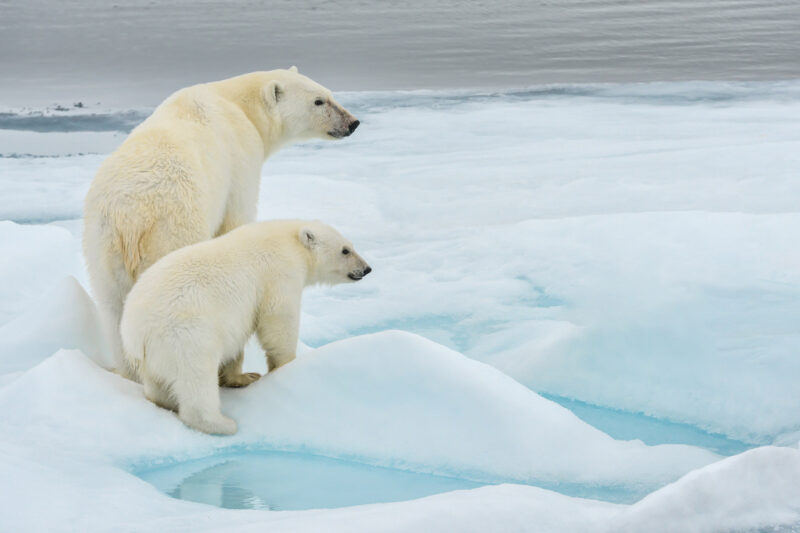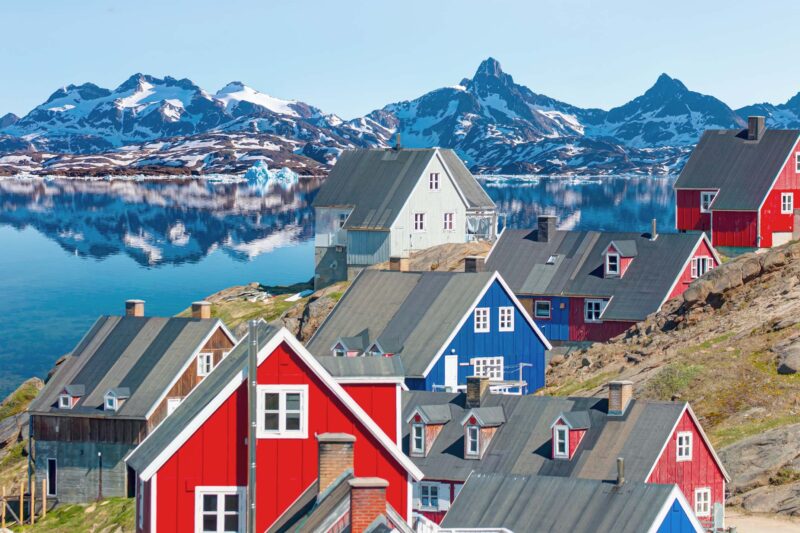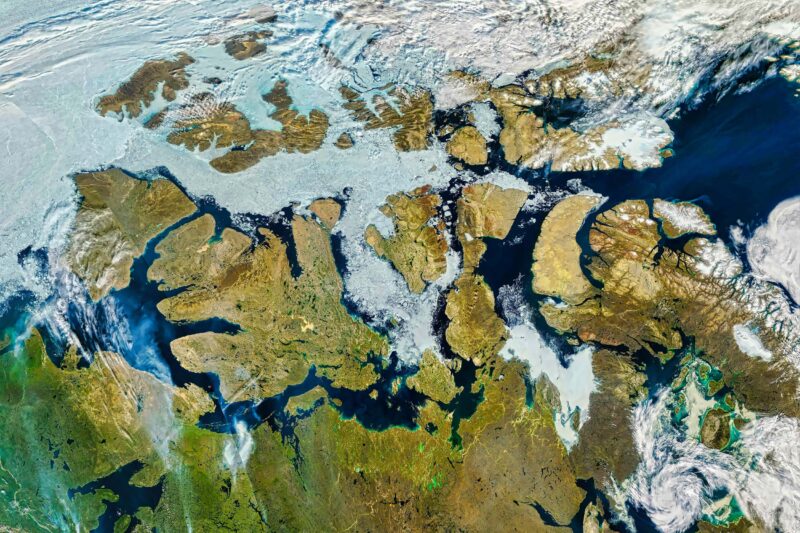Arctic Cruises & Tours
Questions?

Questions?

We partner with the world’s top expedition operators






Best Arctic Cruises & Tours for 2025/2026
Loading tours...
Why Travel To The Arctic With Polar Escapes?
We make Arctic travel easy.
We make Arctic travel easy.
Best price guaranteed.
Best price guaranteed.
35 years of Arctic Experience
35 years of Arctic Experience
Travel with confidence.
Travel with confidence.
Sustainable choice.
Sustainable choice.
Arctic Cruise Destinations

The North Pole
When To Go
March - October
0°c - 7°c
20 - 24 Hours Of Sunlight
Need advice?
No hard sell. Just excellent advice.
And Penguins.
What Will I See On An Arctic Cruise?
Wildlife
Raw Nature
Historical Sites
Animals of The Arctic
Polar Bears
Walruses
Land Animals
Arctic Birds
Expert Arctic Advice From Polar Escapes
Top Arctic Cruise Activities

Zodiac Cruise

Snowshoeing

Polar Plunge

Kayaking

Hiking

Photo Tours

Stand-up paddle boarding

Helicopter Tours
Types Of Arctic Cruises & Tours
Small Ship Arctic Cruises
Solo Travellers
Fly And Cruise
Luxury Arctic Cruises
Land-Based Arctic Tours
Epic Voyages
Common Arctic Cruises & Itineraries
10-Day Svalbard Cruise
12 - Iceland and East Greenland Cruise
16-day Greenland and The Northwest Passage
16 Days The Geographic North Pole
13 day Svalbard, Jan Mayen, and Iceland
Arctic Cruise Guide
Stats about Arctic Cruises
32,356 people
76 Aeco Members
27 Days
6 Days
28 hours
42 Times
Arctic Cruises FAQ
When is the best time to go on an Arctic cruise?
Arctic cruises are typically conducted during the Northern Hemisphere summer when conditions are milder.
Different destinations are accessible at various times throughout the season, and the Arctic summer offers the best time for wildlife viewing.
Svalbard cruises begin in May and continue until September, and June, July, and August are the best months for wildlife watching.
Early-season Greenland cruises now take place thanks to the luxury icebreaker Le Commandant Charcot, which can sail through the sea ice to East Greenland as early as April.
Other expedition cruises to Greenland start in July on the west coast. Due to the sea ice at different times of the year, August and September are the only months during which it is possible to visit the northeast Greenland National Park.
Due to the ice conditions, Northwest Passage cruises have a shorter window. However, sailing through the Northern Passages between late July and early September is possible.
The best month to visit the Arctic on a cruise ultimately depends on what you want to see and experience. Why not contact our team at Polar Escapes, who have firsthand knowledge of when to visit the Arctic based on different preferences?
To find out more please see our guide The Best Time To Visit The Arctic.
How To Get To The Arctic
Unlike the Antarctic, the Arctic region is relatively easy to reach with more accessible options, including international airports.
The most common way to get to the Arctic is to fly there and then join an Arctic expedition departing from ports such as Longyearbyen in Svalbard, Reykjavik in Iceland, and Nuuk in Greenland.
Svalbard, Greenland, and Canada have airports where charter flights can land, making it easy to cruise in the Arctic. Often, cruise lines departing from small ports with limited flights, such as Nuuk, will include the charter flight as part of the expedition.
Longyearbyen in Svalbard has regular domestic flights to Oslo, Norway, with onward connections to the rest of Europe for travellers making their own way there.
It is possible to sail from Europe to the Arctic. Early in the season in May, cruise ships sail from Scotland via Iceland and the Faroe Islands to reach Svalbard. Often, these cruises offer some of the best prices, but you will spend more days at sea.
For a more detailed version please see our guide How To Get To The Arctic.
What will I do On An Arctic cruise?
Arctic cruises explore remote and challenging to get to places. Activities take place both on and off the ship. Popular Arctic cruise activities may include hiking and visiting archaeological sites in scenic areas. Guests on Arctic cruises often navigate through remarkable natural phenomena like fjords and ice formations. Here is an outline:
Off Ship Activities
- Zodiac cruising
- Shore excursions and visits to sites of historical significance.
- Hiking ashore to explore the wild landscapes
- Kayaking is a common activity and available on most Arctic cruises.
- Guests can take part in ski mountaineering during Arctic cruises early in the season.
- Take an icy dip with a polar plunge
- All activities are weather-dependent.
When it is time to get back on the ship, you can enjoy the following:
On The Ship
- Make use of the ship’s amenities. Indulge in a hot tub with a view on the outer deck or warm up in the ship’s sauna.
- Arctic cruises often include educational components to enrich the travelers’ experience.
- Hang out on the ship’s bridge and observe ice navigation
- Enjoy three meals per day in the ship’s restaurants
- Make new friends in the observation lounge and bar
- Wildlife watch from the ship’s outer decks.
- Keep in shape with the ship’s fitness facilities.
What will the weather be like?
The Arctic’s temperatures are milder than those in Antarctica, and thanks to the midnight sun, they are usually well above freezing during the height of summer.
The weather in the Arctic is more stable than that in the Antarctic due to the high pressure that sits above it during the summer months, often bringing sunny days with fog or overcast skies.
The temperature on your expedition cruise will vary depending on the time of year and the region you visit.
Here are some ideas about what to expect:
Early-season cruises in April and May have temperatures between -5° C (23° F) and 0° (32° F). This can feel much warmer on sunny days when the sun reflects off the ice. On windy days, the wind chill can make it feel significantly cooler.
June, July, and August have the warmest temperatures, with the mercury above freezing throughout the summer. In July, the average temperature in Svalbard, is 7° C (44.6° F). When hiking ashore, it is possible to wear little more than a base layer on warmer days.
During September, as the midnight sun fades away and the northern lights return, temperatures average -1° C (30.2° F).
The weather can change rapidly, so it is essential to carry adequate clothing on your expedition at all times.
What should I pack?
Dressing in layers is essential to regulate your body temperature between hot and cold. Some critical items to pack include:
- If you travel early in the season, take an insulated parka jacket. This is not required during the summer months.
- An outer windproof and waterproof jacket.
- A fleece or down jacket to wear as an insulating layer.
- Base layers that remove moisture from the skin whilst hiking
- Waterproof trousers for hiking and Zodiac excursions.
- Comfortable onboard clothing and footwear
- Hat, neck warmer and gloves
- Personal items such as medication and toiletries
- A swimsuit for the polar plunge if you are feeling brave
- Digital camera, memory cards, batteries and chargers
- Travel insurance documents
Which Cruise Lines & Ships Go To The Arctic?
At Polar Escapes, we help you navigate all the different choices and use our firsthand experience to help you find a ship that is the best fit for you.
New highly rated ships in Antarctica include SH Diana, L’Boreal, World Explorer Le Commandant Charcot, and many others. You can search all our ships here.
Oceanwide, National Geographic, Swan Hellenic, Polar Quest, and Quark Expeditions are just a few of the many cruise lines we partner with. When booking through Polar Escapes, we always guarantee the best price.
If you need help deciding which operator is best for you, talk to a Polar pro.
Do All cruise ships land in the Arctic?
We highly recommend taking an expedition cruise, which includes shore landings as part of the experience and will do landings in remote places.
Not all cruise ships do landings in the Arctic. It is possible to visit on a large traditional-style cruise ship, but these will only do calls at ports and miss out on so much of what is excellent about the northern polar regions.
All cruises recommended and sold by Polar Escapes are expedition cruises with landings included, as these offer the best experience.
To find out more please see our guide on how to choose your expedition ship.
Visa's Passports and Travel Documents
You will need a valid passport to embark the ship when travelling to the Arctic.
It is essential to check that your passport has the correct validity at least 6 months before the expiry date.
You may require a visa to enter the country of embarkation or disembarkation. Please check our travel pages for more information on your chosen departure port.
Responsible Travel
All our cruise lines are members of The Association of Arctic Expedition Cruise Operators (AECO) and comply with stringent environmental protocols to minimize their impact on the fragile environment.
At Polar Escapes, we recommend operators who have shown a continued dedication to sustainability in their operations.
How much does an Arctic cruise cost?
An expedition cruise starts from £4,000 ($5,150) for a shorter 7-day Svalbard cruise. The price can go as high as £37,000 ($48,000) for a luxury expedition cruise to the North Pole.
Why not contact our team? They have extensive experience helping travellers with all types of budgets.





